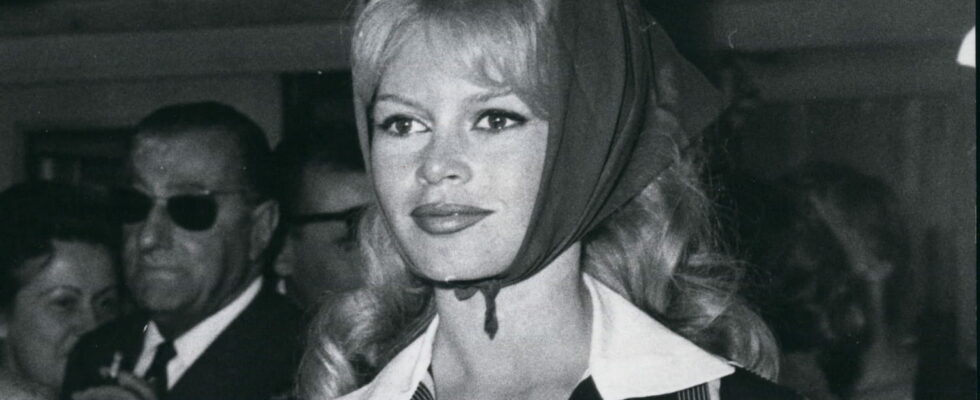It is one of those trendy fashion pieces whose past is full of meaning. From the war trenches to the fashion world, it has crossed the ages to become a must-have in our wardrobe. Brigitte Bardot wore it up and down and across. What is this piece that we will (again) have to rely on this fall-winter?
Undisputed star of the 7th Art, propelled by film stars like Humphrey Bogart, this fashion piece has established itself, over the years, as a must-have in our wardrobe. In certain Hollywood productions, its splendor has sometimes eclipsed the actor. Ultra desirable, it has transcended borders to appear on the great icons of French cinema: Brigitte Bardot herself takes it in the film Babette goes to war. One thing is certain: we will still have to count on it this fall-winter.
Today a symbol of English elegance, it once had a utilitarian function. At the beginning of the 20th century, its creators imagined it to meet the needs of the army in times of war. Civilians then adopt it to support the military, then little by little, it simply ends up pleasing: it manages to shed all its yesterday’s labels to become a fashion item in its own right. In our imagination, we often associate it with Burberry… You will have understood: it is the trench coat.
Born in 1916, the “trench warm” was born from Thomas Burberry’s desire to create a military raincoat that would dress both high society officers and soldiers in the trenches (hence its name). Nowadays, people in the fashion world wear it to face the bad weather of the season without making any mistakes. Its first quality? Its impermeability. Indeed, said piece is made from gabardine, a cotton and/or wool fabric woven very tightly so as not to let any drop pass through. Neither too thick nor too light: the trench coat is therefore perfect for dealing with the unpredictability of mid-season, where the sun’s rays mingle with episodes of surprise rain.
When it comes to style, fashionistas are not left out. This iconic coat has an instantly recognizable design: it features double-breasted buttons and massive or more discreet shoulder pads. Its mid-length cut allows it to fall at calf level so it never obstructs movement and/or touches the muddy ground. Belted with a D-shaped metal buckle – which was used at the time to hang weapons – this feature is now used to more or less tighten the waist. It has a truncated cape, to direct water away from the body. Since its passage from the trenches to the street, all these technical characteristics now take on an aesthetic dimension.

Brigitte Bardot wears it with elegance in her films and other moments of life: Babette goes to war (1959), A lovely idiot (1964). She chooses to break the “masculine” side by wearing it with pieces at the height of femininity: associated with a bow in the hair, closed on an above-the-knee dress, the length of which reveals pretty mid-sections. black stockings (trend this fall-winter).

In Babette goes to warshe tightens the belt to emphasize her silhouette and accessorizes it with a pretty scarf. If BB often wears it closed and perfectly fitted to her size, fashionistas today have fun blurring gender boundaries further and happily wear it very oversized.
To avoid giving the impression of drowning in it, they leave it open: enough to bring a false touch of “effortless nonchalance” typical of the Parisian style.
Timeless, the trench coat goes perfectly with all the trends of the moment since it crosses time and eras without ever getting stuck in it. With sneakers, ballet flats, jeans or even an evening dress, the trench coat is a star piece that dresses up all outfits, even “neglected”. It’s up to you to choose the style it will enhance.
